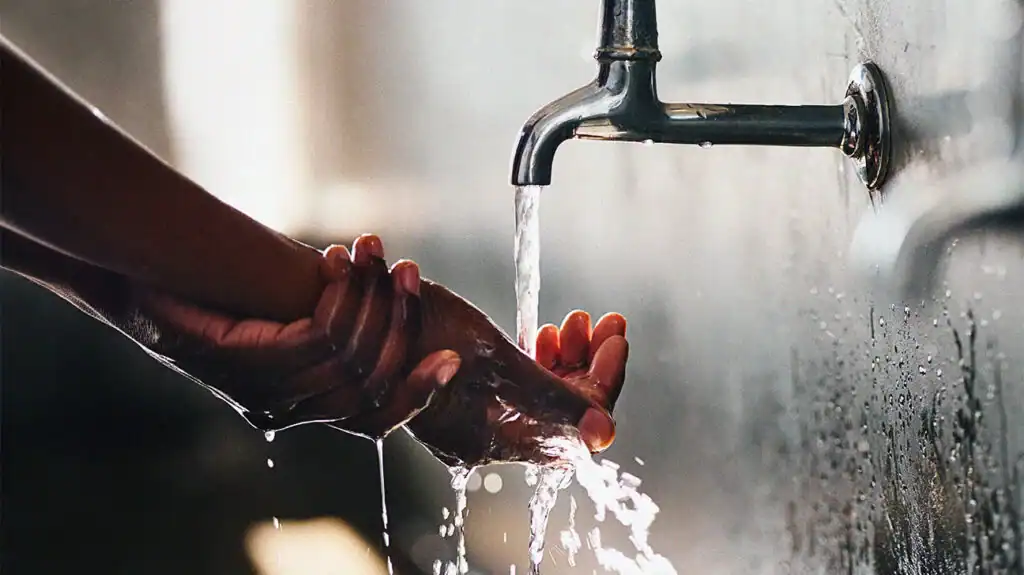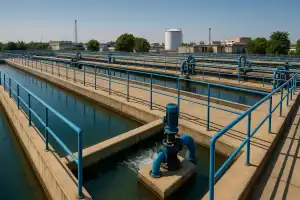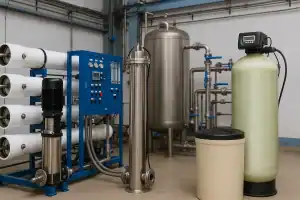Complex but fascinating journey into the processes
Water is the essence of life, and ensuring that it’s safe to drink and use is a critical aspect of public health and environmental stewardship. The science behind water treatment is a complex but fascinating journey into the processes that make water from various sources safe for consumption. In this article, we’ll delve into the science behind water treatment, from the initial assessment of source water to the delivery of clean, potable water to your tap.
1. Source Water Assessment
Water treatment begins with an assessment of the source. Whether it’s groundwater from wells, surface water from rivers or lakes, or even seawater, understanding the quality of the source is fundamental. Scientists and environmental engineers collect samples and analyze them for various contaminants. This assessment helps determine the treatment processes needed.
2. Coagulation and Flocculation
Coagulation and flocculation are the first steps in the physical and chemical treatment of water. Coagulation involves adding chemicals, often aluminum sulfate or ferric chloride, to the water. These chemicals neutralize the electrical charges of particles in the water, causing them to clump together. This process is akin to gathering tiny particles into larger, more manageable groups.
3. Sedimentation
Once the particles have clumped together, they become heavier and settle at the bottom of a large tank in a process called sedimentation. The clear water above can then be separated from the settled particles.
4. Filtration
Even after sedimentation, some small particles may remain suspended in the water. To remove these, the water passes through layers of sand, gravel, and, in some cases, activated carbon in a filtration system. Filtration physically traps remaining impurities, ensuring that the water is as clear as possible.
5. Disinfection
While filtration effectively removes most pathogens, it doesn’t eliminate them entirely. To ensure the water is safe for consumption, disinfection is the next step. Chlorine, chloramines, or ozone may be added to the water to kill or inactivate any remaining bacteria, viruses, and other microorganisms. The dosage of disinfectant is carefully controlled to balance effectiveness and safety.
6. pH Adjustment
Water treatment plants also monitor and adjust the pH of the water. Proper pH levels are important for taste, corrosion control, and ensuring that the disinfection process is effective.
7. Distribution
After treatment, the clean water is ready for distribution to homes, businesses, and industries through a network of pipes. Water quality is continually monitored to ensure it remains safe and potable as it travels to the end user.
8. Residual Management
In some cases, a residual disinfectant (e.g., chlorine) is deliberately left in the water to provide ongoing protection against contaminants as the water travels through the distribution system.
Water treatment is a blend of art and science, combining chemistry, physics, engineering, and environmental science to deliver safe and clean water to communities. It’s a testament to human ingenuity and our commitment to safeguarding public health and the environment. As we continue to face water-related challenges, from emerging contaminants to climate change impacts, ongoing research and innovation will drive advancements in the science of water treatment, ensuring a sustainable and safe water supply for generations to come.





